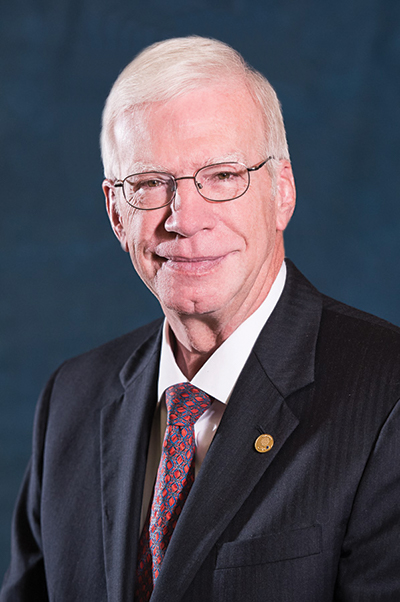October 2018—I grew up in the CAP as a volunteer in the Laboratory Accreditation Program. It’s a good place to dive in. Many of us do what I did—work our way through many volunteer opportunities over 30 years or more because each was so interesting. There are an amazing number of ways a person can approach challenges in a laboratory; more amazing is how many of the approaches will work.
Partly that’s because the learning cuts both ways—I’ve learned as much when we were inspecting another laboratory as when my laboratory was being inspected. You’re always seeing something new or seeing what you thought you knew from the flip side. During an inspection, you relate as a peer with pathologists who are encountering the same technical changes and weighing similar choices. You are advising and learning from peers who are pursuing and encountering the same kinds of things every day. It’s easy to get hooked.

R. Bruce Williams, MD
As an experienced inspector, I can recognize the intangibles that signal a well-managed practice. I’ve learned to do my homework before we set out; I study the laboratory’s testing menu, staffing, and proficiency testing results. If the laboratory has enrolled in CAP PT, there will be a Surveys track record covering the two-year window since the last inspection. (Those interim challenges also enable us to let laboratories know of potential vulnerabilities in their testing programs before they become big problems.)
A laboratory inspection shines a bright light on the impact of context for everyone involved. After taking on any job that the accreditation program leaders would give me and inspecting every time I got the chance, I’ve realized that how we think about our work shapes the quality of our results. It’s perspective-taking 101. We don’t get that in training; somebody has to show us. Fortunately, our founders figured that out, created CAP Surveys, and then built the CAP Laboratory Accreditation Program. In January, it will be 55 years since the CAP issued the first certificates of CAP laboratory accreditation.
Countless pathologist volunteers in CAP laboratory improvement programs have maintained the quality of laboratory practice since that time. We don’t have space to list even a fraction of them, so I’ll introduce two to stand in their place—Frank R. Rudy, MD, and Francis Sharkey, MD, whom I always think of as “the two Franks.” Both have inspected as many laboratories and served CAP accreditation in as many ways as just about anybody. Both know a lot, and both are inclined to say really smart things as naturally as if they are asking you to pass the salt.
We can count on Dr. Rudy to point out what we take for granted but need to bear in mind, such as the depth and breadth of this program and the excellence in laboratory practice that it enables. And he’s right. We have more than 2,300 active CAP members who inspected more than 2,700 laboratories in the first eight months of this year alone. More than 8,000 laboratories (among them nearly 500 outside the U.S.) are now CAP accredited, 67 of which have also earned CAP 15189 accreditation. That much experience translates to accessible advice on virtually any question that an inspector cannot answer to his or her own satisfaction.
 CAP TODAY Pathology/Laboratory Medicine/Laboratory Management
CAP TODAY Pathology/Laboratory Medicine/Laboratory Management
